Exploring HR Policies and Processes for Healthcare Executives
VerifiedAdded on 2020/05/28
|5
|625
|56
Report
AI Summary
This report delves into the critical role of HR policies and processes within the healthcare sector, specifically focusing on the responsibilities of a healthcare executive. It begins by outlining a series of questions designed to assess potential healthcare executives, covering areas such as ethical leadership, staff training, and emergency response protocols. The report addresses scenarios involving patient care, staff discipline, and financial constraints, and offers insights into how to handle sensitive situations, such as hospital emergencies, patient family interactions, and staff conflicts. It also highlights the importance of strategic planning, information technology integration, and cost-effective healthcare delivery. Furthermore, the report emphasizes the significance of ethical leadership and the implementation of progressive discipline, alongside the management of healthcare funds and strategies to maintain high standards of patient care and address staff incompetency. The content of this report references existing literature to support the arguments presented.
1 out of 5
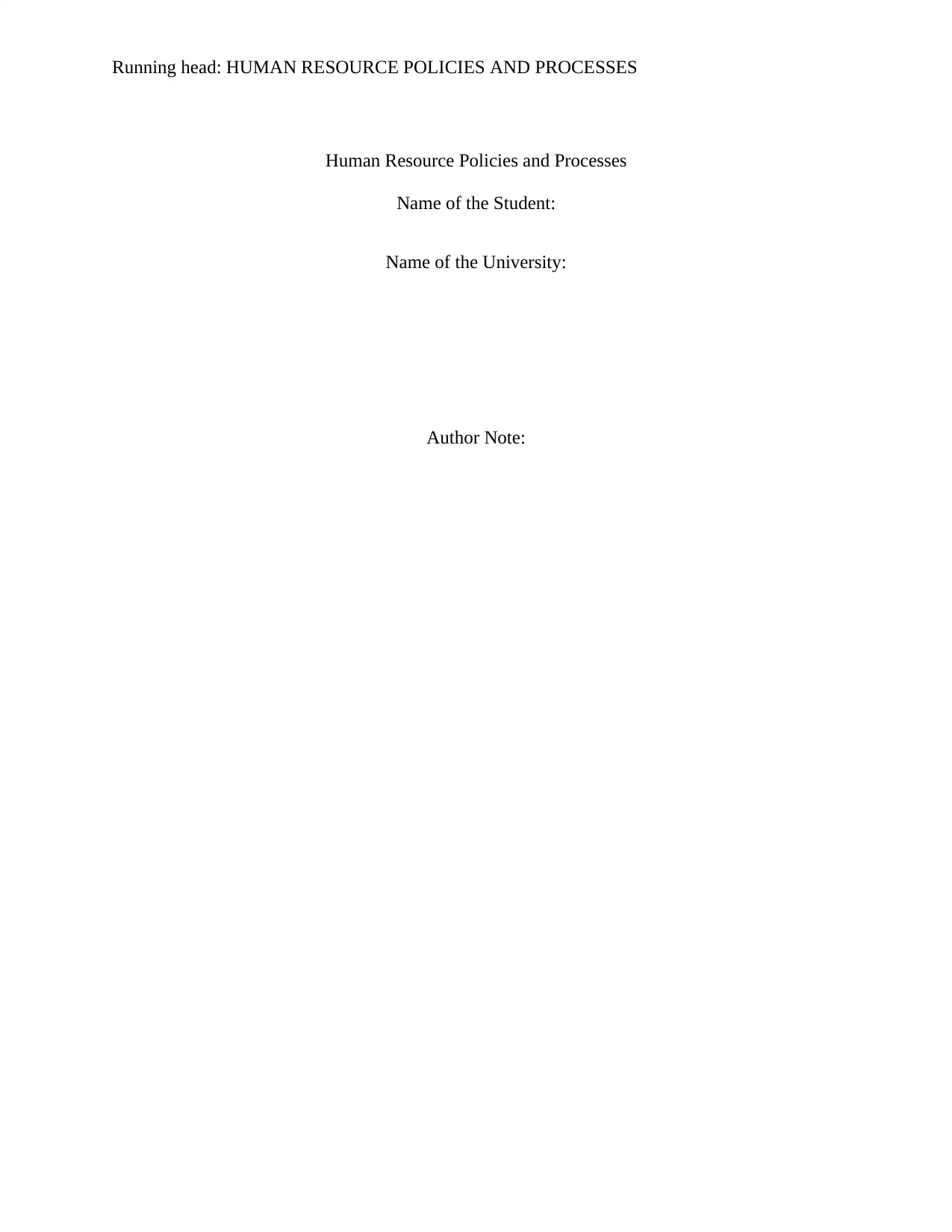
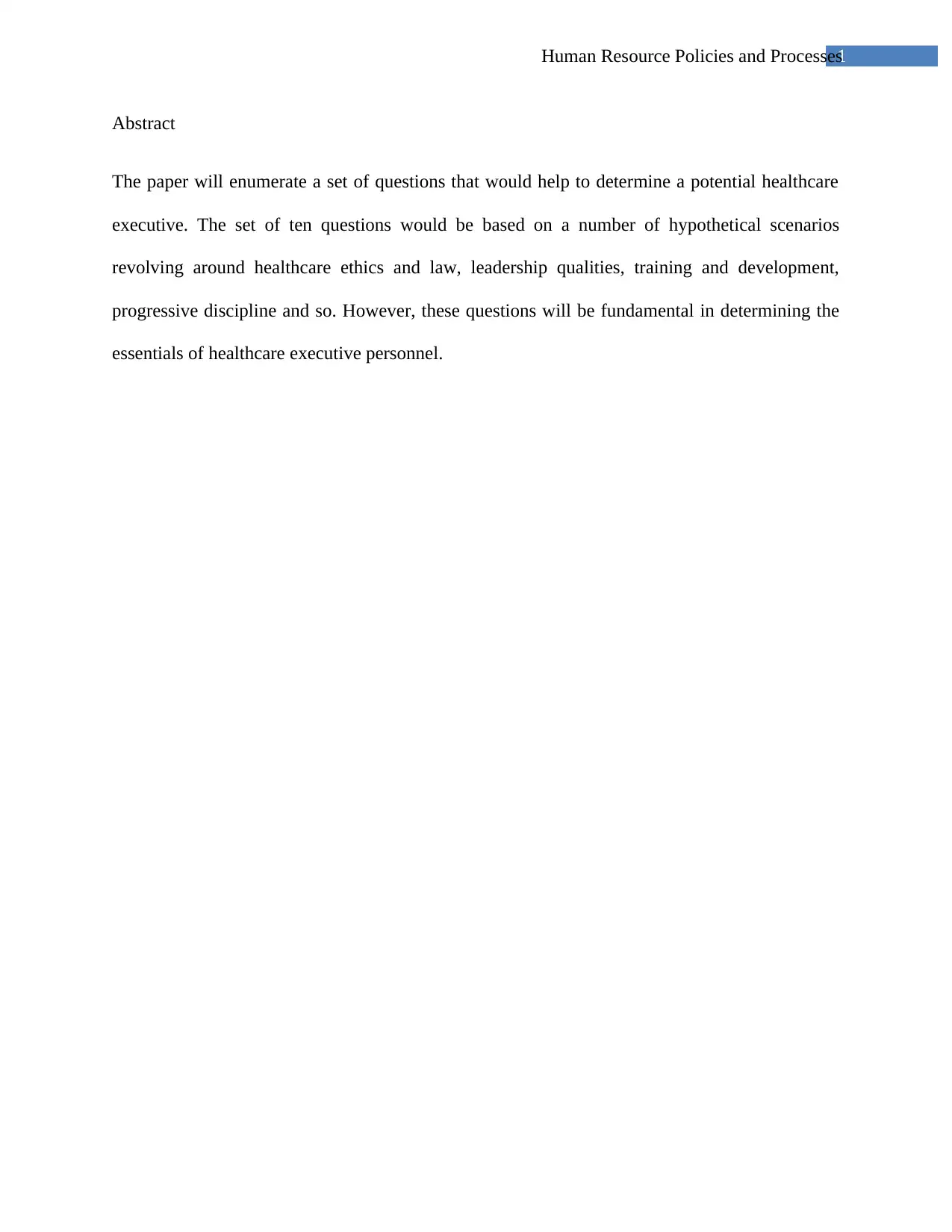
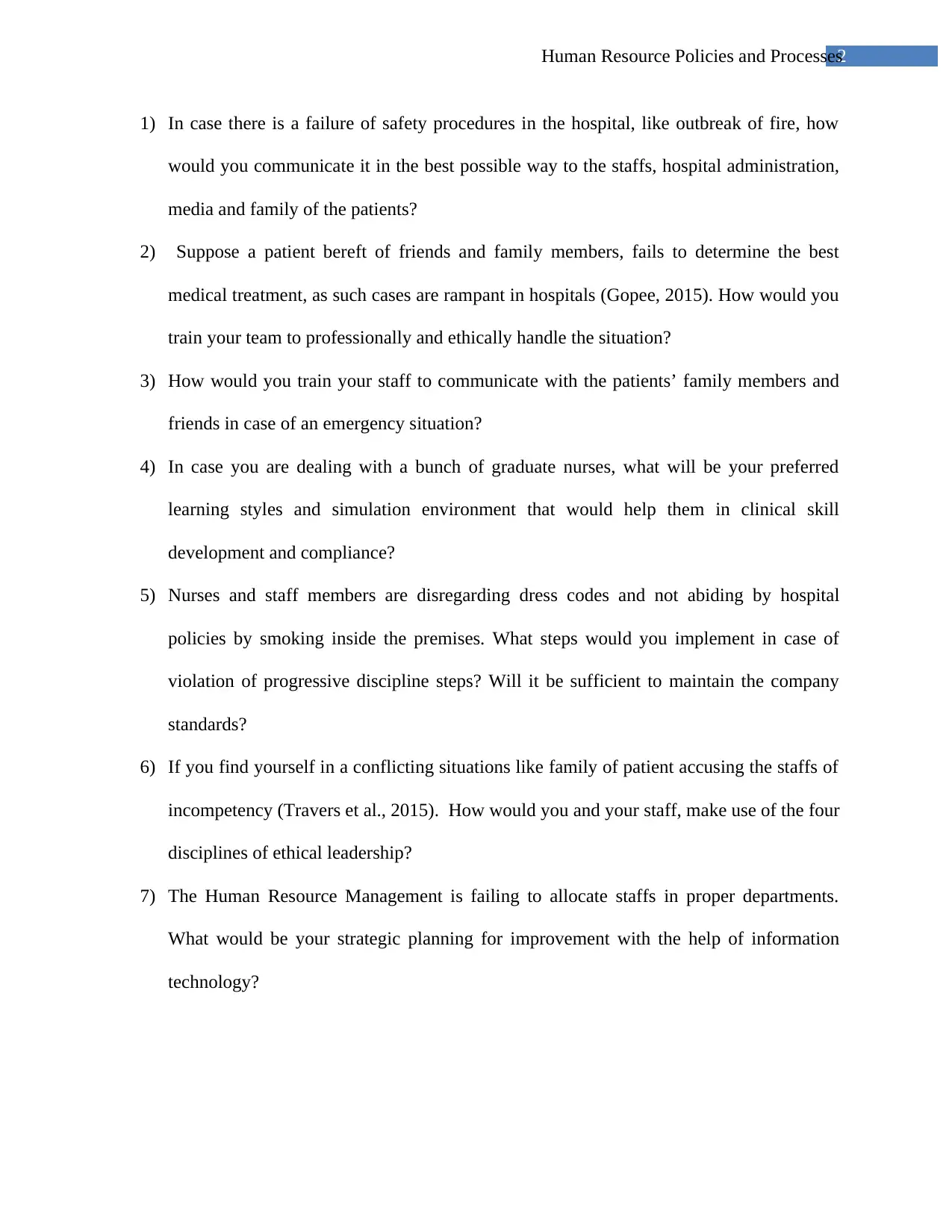

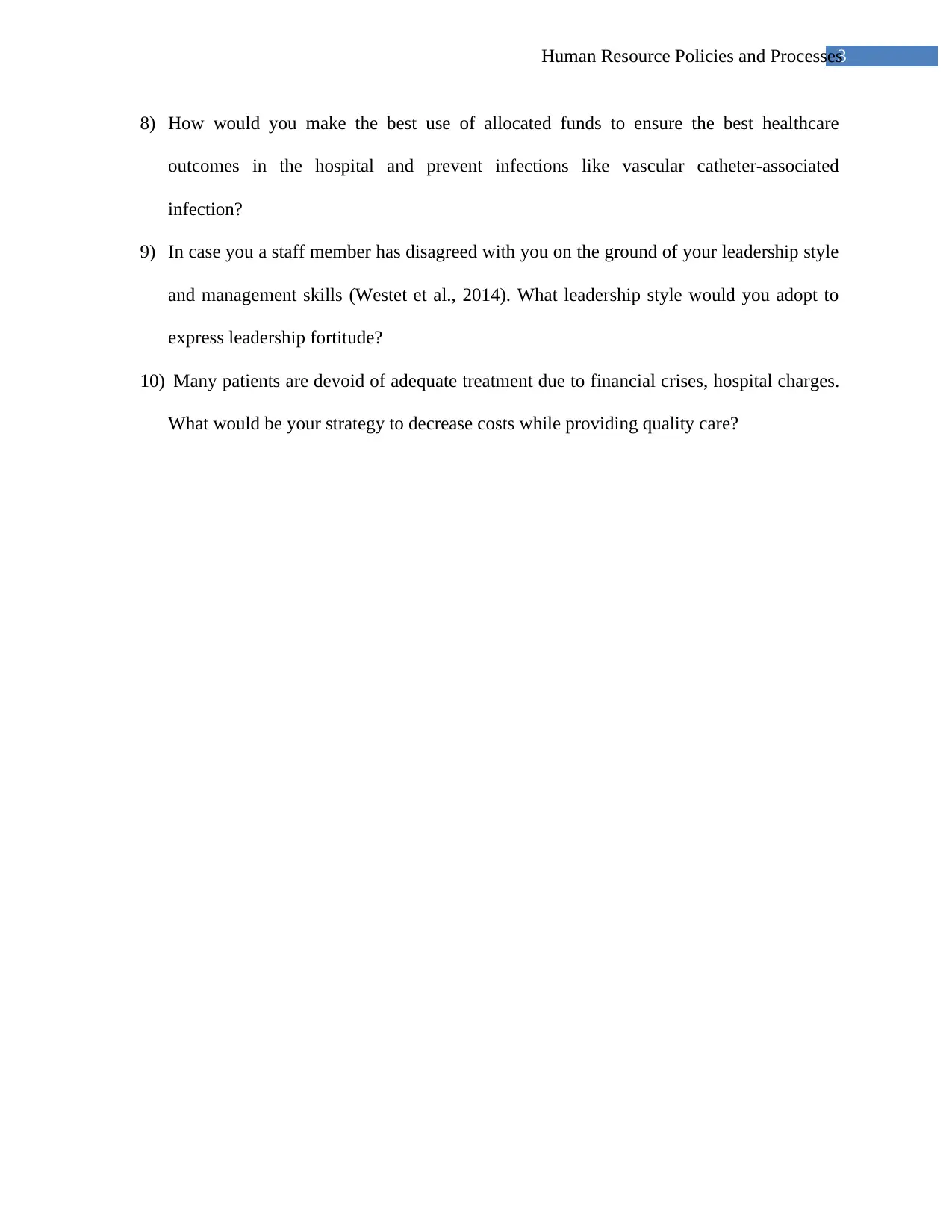
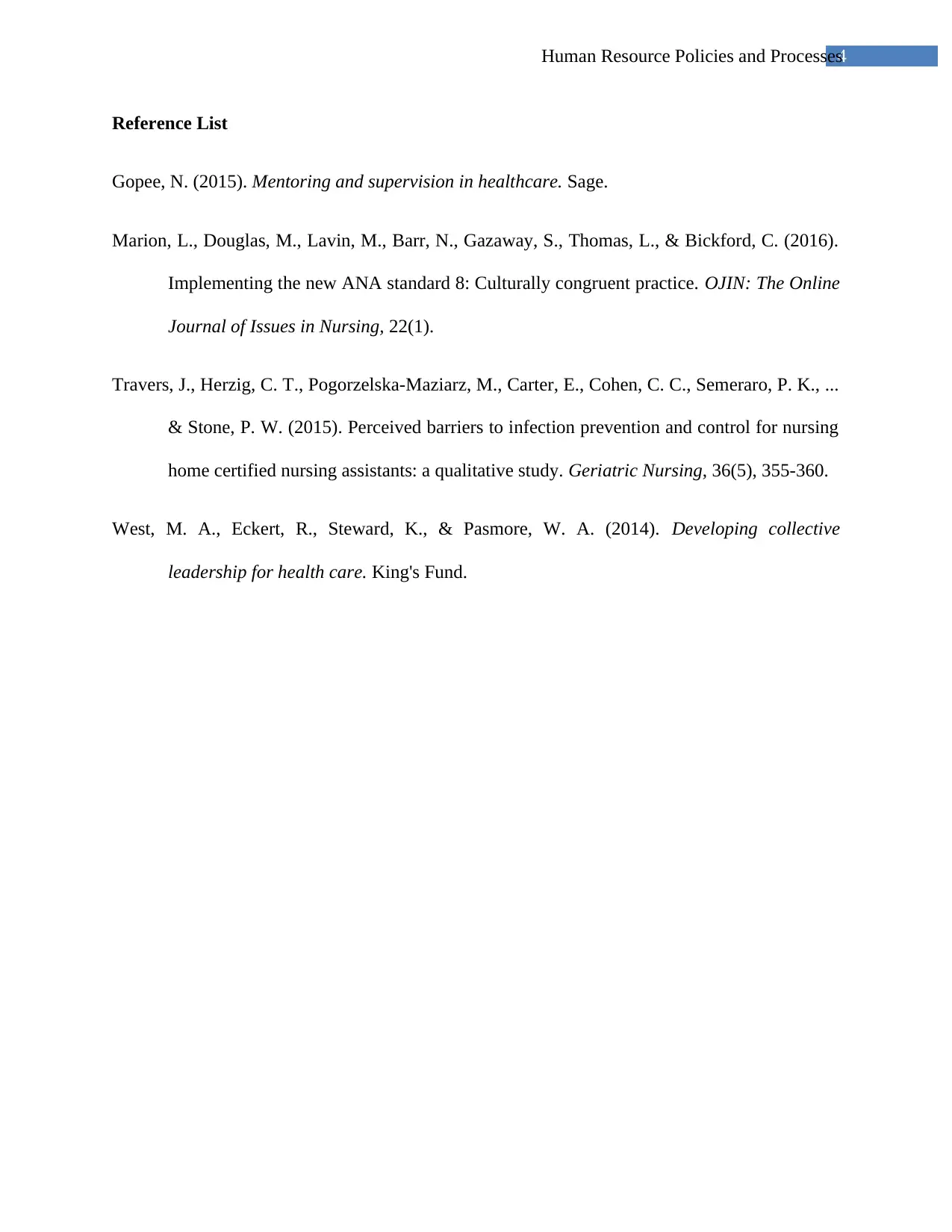






![[object Object]](/_next/static/media/star-bottom.7253800d.svg)